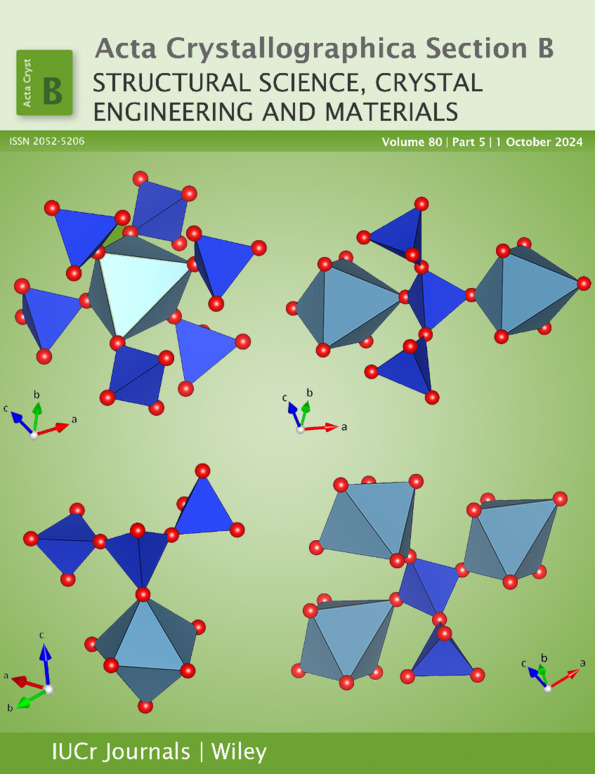Magnetic structure of the noncentrosymmetric magnet Sr2MnSi2O7 through irreducible representation and magnetic space group analyses
Abstract
Magnetic structures of the noncentrosymmetric magnet Sr2MnSi2O7 were examined through neutron diffraction for powder and single-crystalline samples, as well as magnetometry measurements. All allowed magnetic structures for space group P421m with the magnetic wavevector qm = (0, 0, ½) were refined via irreducible representation and magnetic space group analyses. The compound was refined to have in-plane magnetic moments within the magnetic space group Cmc21.1′c (No. 36.177) under zero field, which can be altered to P212121.1′c (No. 19.28) above μ0H = 0.067 (5) T to align induced weak-ferromagnetic components within one layer on the ab plane. All refined parameters are provided following the recent framework based upon the magnetic space group, which better conveys when exchanging crystallographic information for commensurate magnetic structures.




